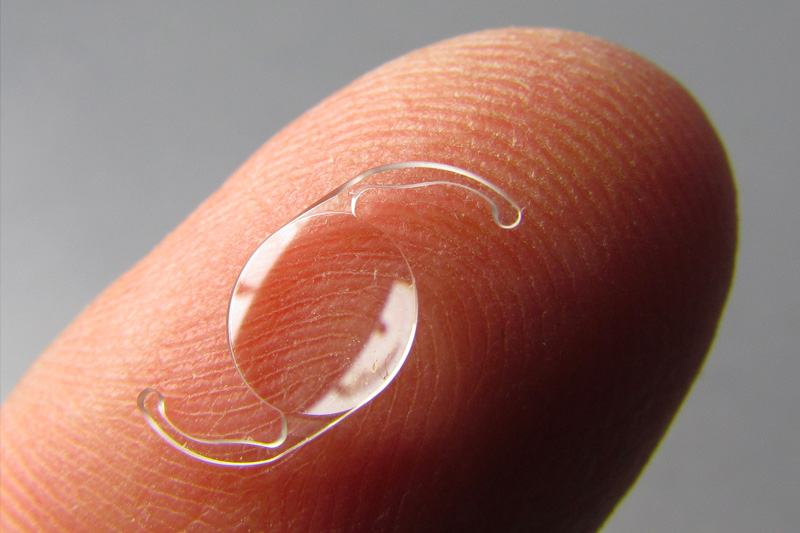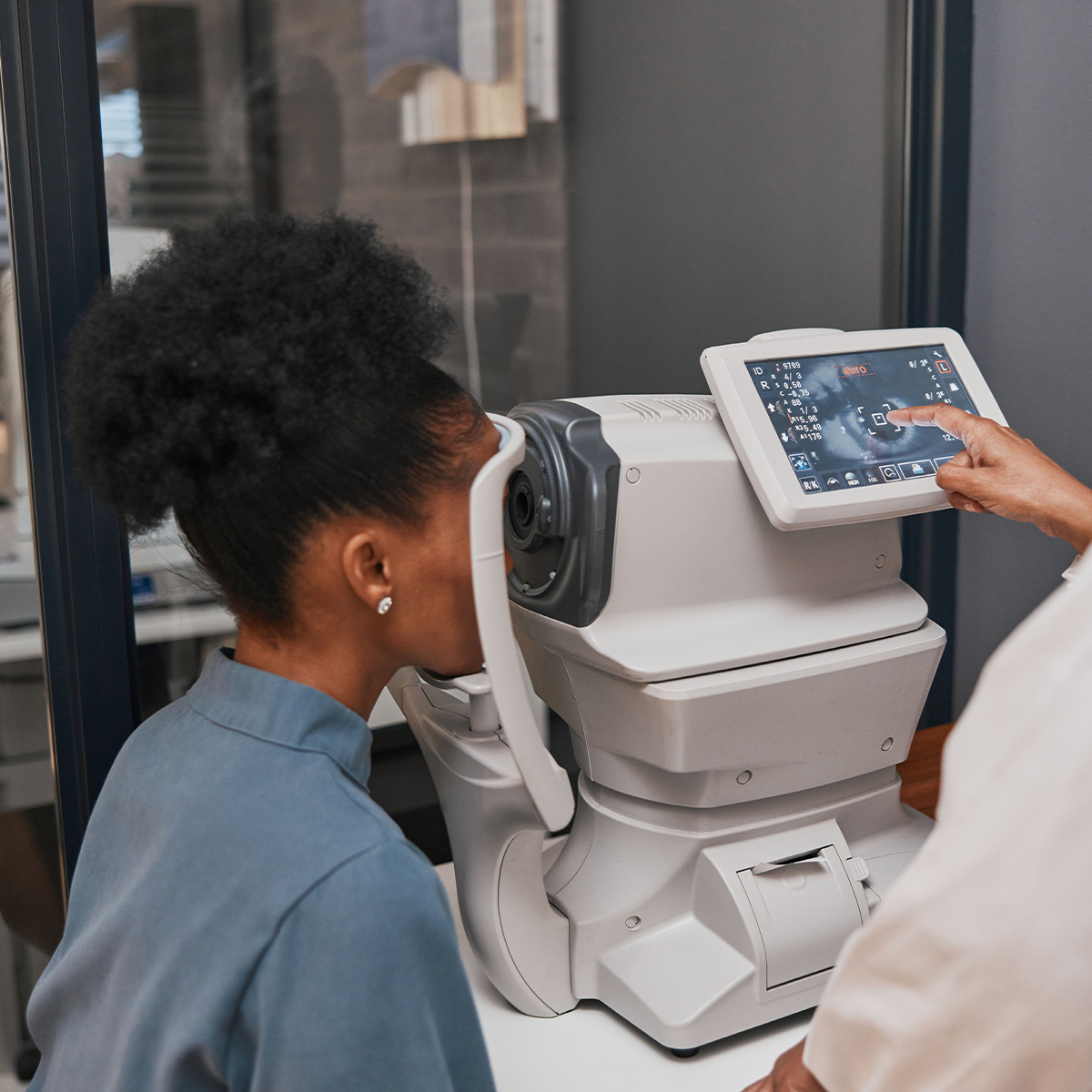The realm of post-cataract surgery treatment has witnessed remarkable progress in recent decades. Since the pioneering success of the first artificial lens implant surgery in London back in 1949, artificial intraocular lenses (IOLs) have undergone significant advancements. Today, they are hailed as one of the most effective methods of restoring vision for individuals who have had their natural eye lens removed due to cataracts. Moreover, IOLs can also be a transformative solution for those with presbyopia or severe farsightedness through a procedure known as refractive lens exchange (RLE).
A Glimpse into IOL Implant Surgery
When cataracts develop, the eye lens, responsible for refracting incoming light, becomes cloudy, resulting in blurred, hazy, and less vibrant vision. In the past, the only options for correcting these issues post-cataract surgery were hard contact lenses or thick eyeglasses, often considered uncomfortable and less effective. However, modern IOLs have revolutionized the landscape by reducing the reliance on corrective eyewear. While some patients may still need glasses for specific tasks like reading or computer work, the majority find their vision significantly improved after IOL implant surgery. During the procedure, the natural lens is removed, and an artificial lens made from advanced materials such as acrylic, silicone, or polymethylmethacrylate is implanted within the lens capsule. Similar to eyeglasses, these lenses have adjustable strengths to cater to each patient’s unique vision needs.
Exploring the Types of IOLs
Monofocal Lenses: The most common type of IOL, monofocal lenses provide vision correction for a single distance. Patients can choose between clearer vision up close or far away, but not both. It is common for individuals to opt for clearer distance vision and rely on reading glasses for close-range tasks.
Astigmatic (Toric) Lenses: These IOLs function similarly to monofocal lenses but also help address astigmatism, a condition characterized by the cornea or lens having an irregular shape. Toric lenses can accommodate this shape and potentially reduce the need for additional astigmatism-correcting lenses.
Multifocal Lenses: Designed to offer clarity at both near and far distances, multifocal lenses have multiple focus zones with varying strengths. This feature allows for a range of vision possibilities, and over time, the brain adapts to utilize the appropriate focus zone, resulting in a more natural visual experience.
Accommodative IOLs: Similar to multifocal lenses, accommodative lenses enable clear vision at different distances. They achieve this by mimicking the natural lens’s ability to adjust its size and shape to accommodate the eye’s needs.
Monovision: Some patients opt for a combination of monofocal lenses—one for short distances in one eye and another for long distances in the other. This approach, known as monovision, may require adjustment if one has never used monovision with corrective lenses before.
Distinguishing Artificial Lenses from Artificial Eyes
It is important to differentiate between artificial lenses and artificial eyes. While an artificial lens offers vision, an artificial eye does not. An artificial eye is a cosmetic enhancement for individuals who have lost an eye due to injury, disease, or were born without one. Although advanced prosthetic eyes can stimulate ganglion cells through electrodes, thereby producing a rough visual field, true vision replication remains a distant goal.
Determining if IOL Implant Surgery is Right for You
If you have recently undergone cataract surgery or anticipate the need for it in the near future, IOL implant surgery is highly likely to be a suitable option for you. Although the idea of an eye implant may initially seem unsettling, rest assured that the procedure is safe and offers a permanent improvement in vision. In fact, you may even forget the presence of the implant over time, such is its seamless integration with your eye.
The advancements in IOL implant surgery have ushered in a new era of vision restoration, allowing individuals to bid farewell to the limitations of cataracts and other refractive issues. By embracing these cutting-edge solutions, patients can enjoy enhanced vision without relying heavily on corrective eyewear. Whether you have undergone cataract surgery or are considering it, IOL implant surgery holds tremendous promise for a brighter, clearer, and more vibrant future. Discover the transformative power of IOLs and embark on a journey toward renewed vision and a life unrestricted by visual impairments.




